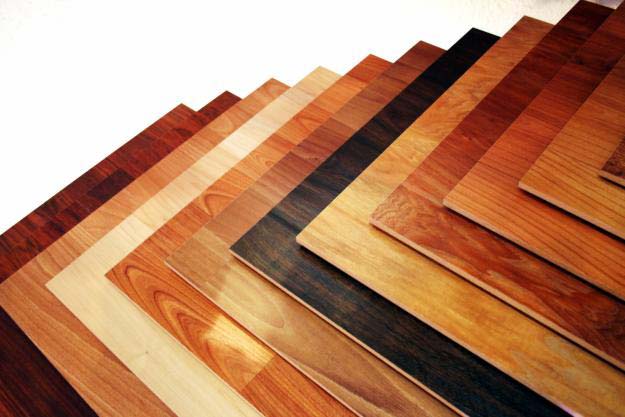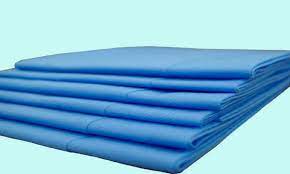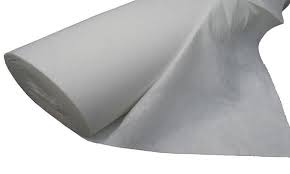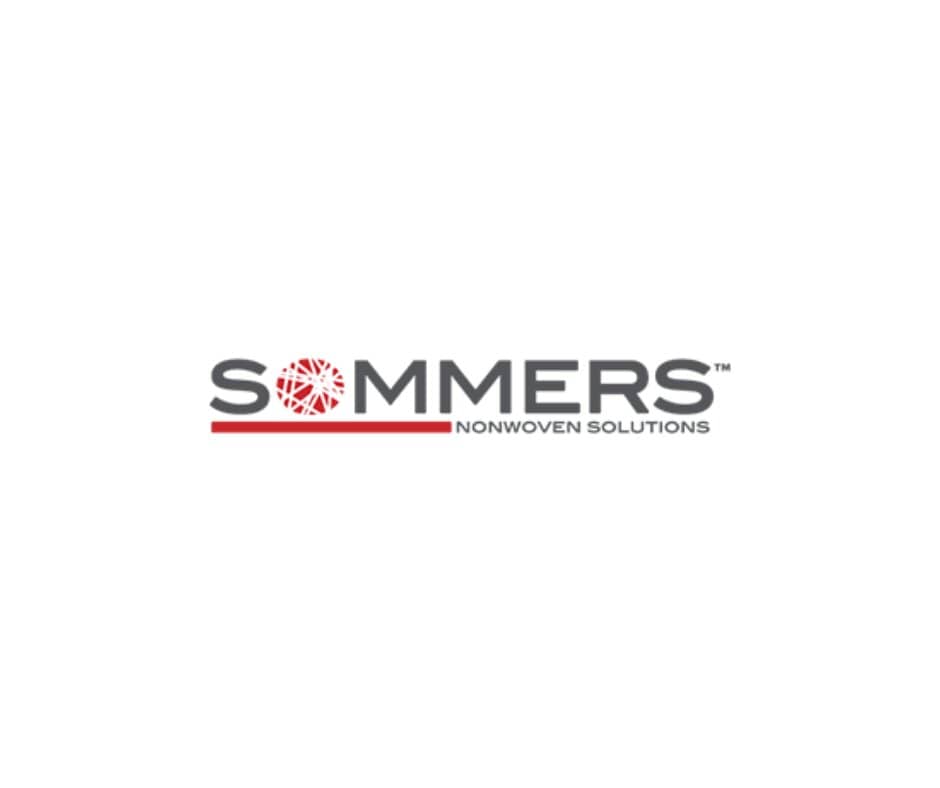Thermal bonding nonwoven fabric offers a multitude of advantages and finds diverse applications across various industries. Here are the key advantages and main uses:
Advantages of Thermal Bonding Nonwoven Fabric:
Strength and Durability: Thermal bonding nonwoven fabric is known for its excellent strength and durability, making it suitable for applications requiring robust materials that can withstand stress and strain.
Softness and Comfort: Despite its strength, thermal bonding nonwoven fabric often retains a soft texture, providing comfort in applications such as medical textiles, hygiene products, and apparel.
Customizability: The thermal bonding process allows for easy customization of the fabric’s properties, including thickness, density, and texture, to suit specific application requirements.
Breathability: Thermal bond nonwoven fabric offers good breathability, allowing air and moisture to pass through easily. This property makes it ideal for use in products where comfort and airflow are essential, such as diapers, medical dressings, and filtration media.
Chemical Resistance: Depending on the materials used, thermal bonding nonwoven fabric can exhibit resistance to chemicals, making it suitable for applications in industrial settings and protective clothing.
Cost-Effectiveness: The manufacturing process of thermal bonding nonwoven fabric is relatively efficient, resulting in a cost-effective material compared to traditional woven fabrics.
Main Uses of Thermal Bonding Nonwoven Fabric:
Hygiene Products: Diapers, sanitary napkins, and wet wipes benefit from the softness, strength, and absorbency of thermal bonding nonwoven fabric.
Medical Textiles: Surgical gowns, masks, drapes, and wound dressings utilize the fabric’s strength, breathability, and barrier properties.
Filtration: Air and liquid filtration applications benefit from the fabric’s customizable pore structure and breathability.
Apparel: Thermal bonding nonwoven fabric is used in outerwear, sportswear, and inner linings due to its comfort, strength, and moisture-wicking properties.
Automotive: Car interiors, upholstery, and soundproofing materials utilize the fabric’s durability and customization options.
In essence, thermal bonding nonwoven fabric offers a blend of strength, comfort, customizability, and cost-effectiveness, making it a versatile material with applications across multiple industries.



